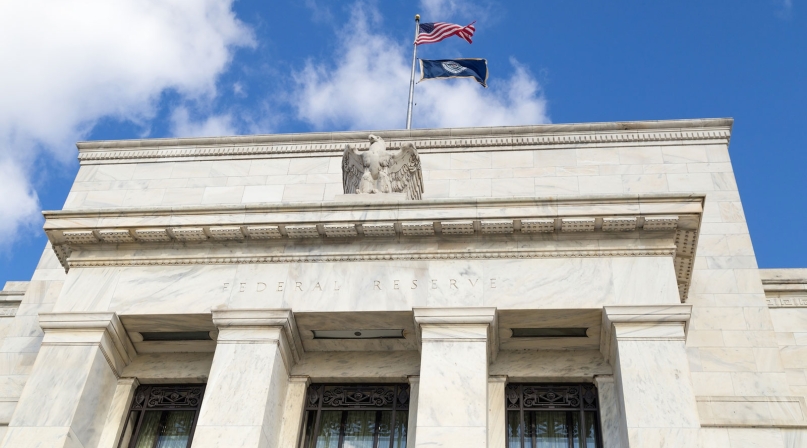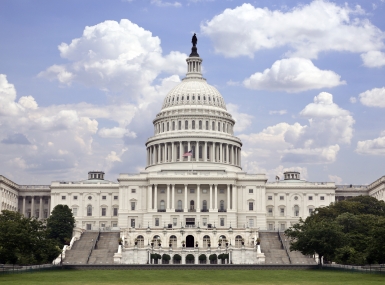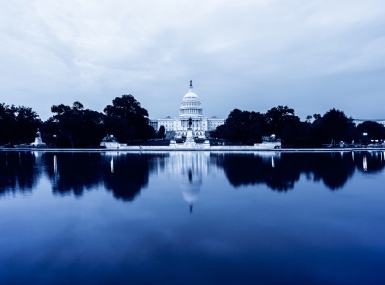Treasury Secretary Mnuchin requests Federal Reserve return Municipal Liquidity Facility funds
Upcoming Events
Related News

Key Takeaways
On November 19, U.S. Treasury Secretary Steven Mnuchin sent a letter to the Federal Reserve Chairman requesting that any unused funds from the Municipal Liquidity Facility (MLF) be returned to the U.S. Treasury. The MLF, established under the CARES Act, is currently set to expire on December 31, 2020. To date, the amount returned to the Treasury would be $455 billion dollars.
In response to the devastating fiscal impacts of the COVID-19 pandemic, the Federal Reserve established the MLF to lend money to eligible cities, counties and states that experienced revenue declines. The Federal Reserve had the authority to lend up to $500 billion dollars to these local entities, although there are many restrictions surrounding the eligibility of borrowers.
Currently, only counties with populations over 500,000 and cities with populations over 250,000 may access the MLF. To ensure smaller jurisdictions may also be supported by the MLF, potential borrowers were expanded in June to include cities or counties identified by governors in states where less than two cities and counties meet these population thresholds. While limited by the population threshold and the facilities pricing structure and rates, the MLF serves as a vital backstop for the municipal market and counties that are already struggling due to the pandemic.
Despite these limitations to the MLF, counties need to have access to these funds beyond the December 31 expiration date. NACo research estimates that counties are projecting a $202 billion budgetary deficit through Fiscal Year 2021. This figure includes $114 billion in lost revenue, $30 billion in additional COVID-19 expenditures and an additional $58 billion in state funding cuts. Beyond access to the MLF, all counties need additional flexible and direct funding in order to continue to respond to COVID in our communities.
In September, NACo sent a letter to the U.S. Treasury and Federal Reserve urging that the agencies expand access to the MLF and ensure that state and local governments may take advantage of this tool. One of the key recommendations within the letter was that the Federal Reserve extend the MLF’s underwriting deadline and lower the MLF population threshold so that more counties can access the facility.
NACo will continue to monitor developments around MLF.

Attachments
Related News

U.S. Congress passes reconciliation bill: What it means for counties
On July 3, the U.S. Congress passed sweeping budget reconciliation legislation.

U.S. Senate passes amended reconciliation bill text: What it means for counties
On July 1, the U.S. Senate narrowly passed their version of sweeping budget reconciliation legislation.

County Leaders Visit Washington to Share Local Perspective on Budget Reconciliation
Elected officials from five states sound alarm about administrative and funding changes to SNAP and Medicaid.